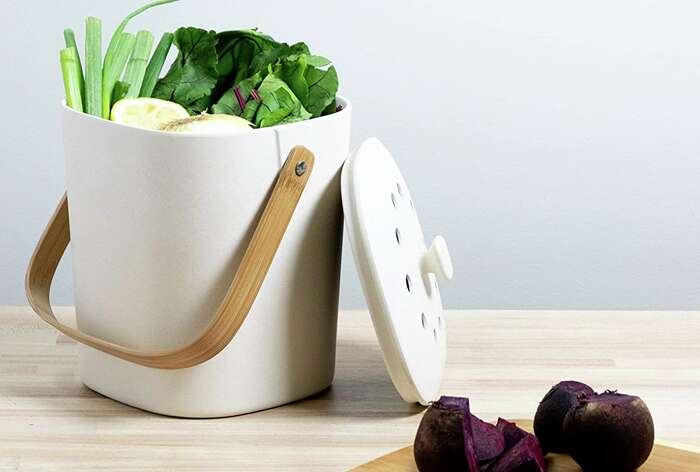If you don't compost, you're an idiot.

Want to turn your kitchen and garden waste into 'black gold'?
Then COMPOST !
Sidenote: it also helps with the whole cliamte change thing..
Quick Guide to Composting


Choose a method and location
The size of your backyard should determine whether you should use a composting bin or have a garden compost pile.
Know what to compost
There are two broad categories that you can put in your compost bin or pile – green and brown.
Green materials include fruit and vegetable scraps, used tea, coffee grounds, crushed eggshells, grass clippings, green
plant cuttings, old flowers and many weeds.
Brown materials are things like straw, paper and cardboard, dry leaves, woody prunings and sawdust (but not from treated
wood).

Know what to avoid
Don’t put diseased plants, pet droppings (apart from chook manure), cooking fat, glossy paper, weeds with seeds, treated
timber and large branches in your compost bin.
Some gardeners say you should avoid adding meat and bones unless you have a larger compost system.
Layer the material
Whether you’re using a composting bin, or building up a garden compost pile, it is important to know how to layer your
compost.
Start with a base layer of twigs, mulch or old potting mix to encourage air circulation and provide drainage.
Follow with layers of green and brown material — say garden clippings and kitchen scraps, then leaves and wet paper.
Add water after each layer to keep the pile moist but not too wet. Finish with a layer of soil or finished compost to
help reduce odours.

Distribute your black gold
The compost is ready for use when it’s a rich brown colour and crumbles easily. This could take a few months, depending
on the size of the bin or pile.
Compost is a great soil conditioner that adds nutrients and helps your garden retain moisture. It can also reduce the
need to add fertiliser and make your plants more resistant to disease.
You might also find that setting up a garden composting system opens your eyes to the amount of food that gets wasted,
and makes you rethink your next shopping list.
